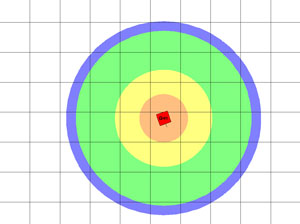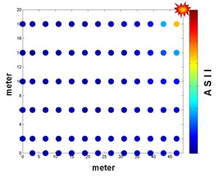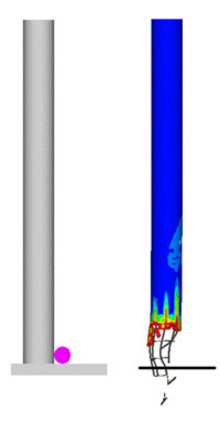How high is the risk of terrorist attacks on airports?

At Fraunhofer EMI, we conduct risk analyses for various kinds of infrastructure. Examples also include terrorist attacks on airports.
For this research project, a database has been established covering terroristic attacks on airports worldwide in the years of 1968 to 2007. The event analysis based on this database has indicated a significant threat for European airports. If all attacks are taken into account, there were about five attacks on airports per year within the observed period of time. In ten percent of the attacks, at least ten people were killed and 40 people injured. Most attacks were committed by means of explosives and directed at parking spaces (covered car parks, parking lots etc.), at terminal buildings or the interior of a building.
The damage analysis exemplary views scenarios, which were chosen on the basis of the event analysis and interviews with experts within the project. One scenario assumes a car bomb in a vehicle stopping in front of a terminal. The consequences to be expected are shown in the figure below. Here, you see a car bomb (red rectangle) in front of a terminal (100 m x 100 m grid). Damage classes for reinforced-concrete frame constructions reach from damage class 1 (blue, light damages, e.g., broken windows) to class 5 (red (not quite visible), completely destroyed).

